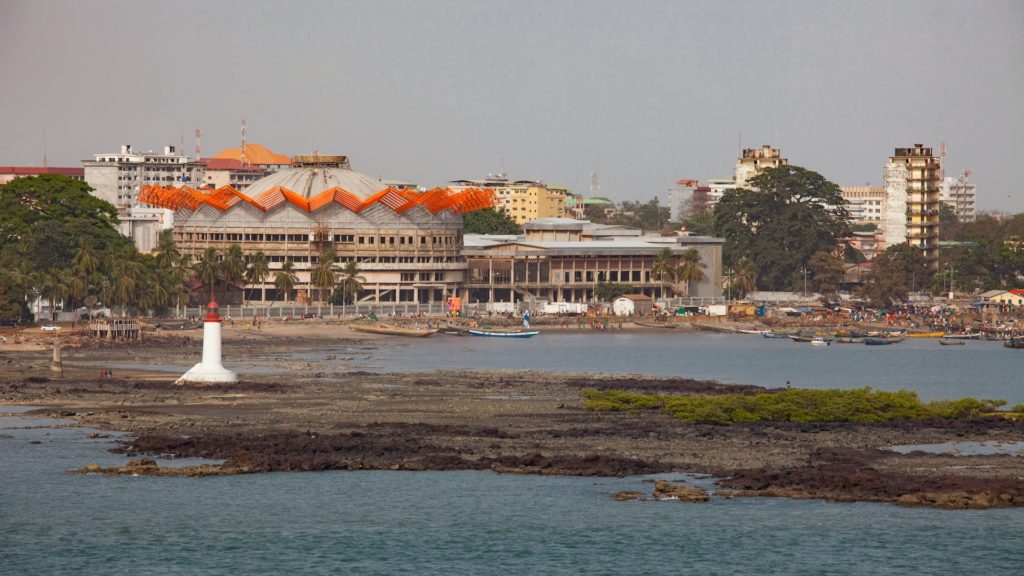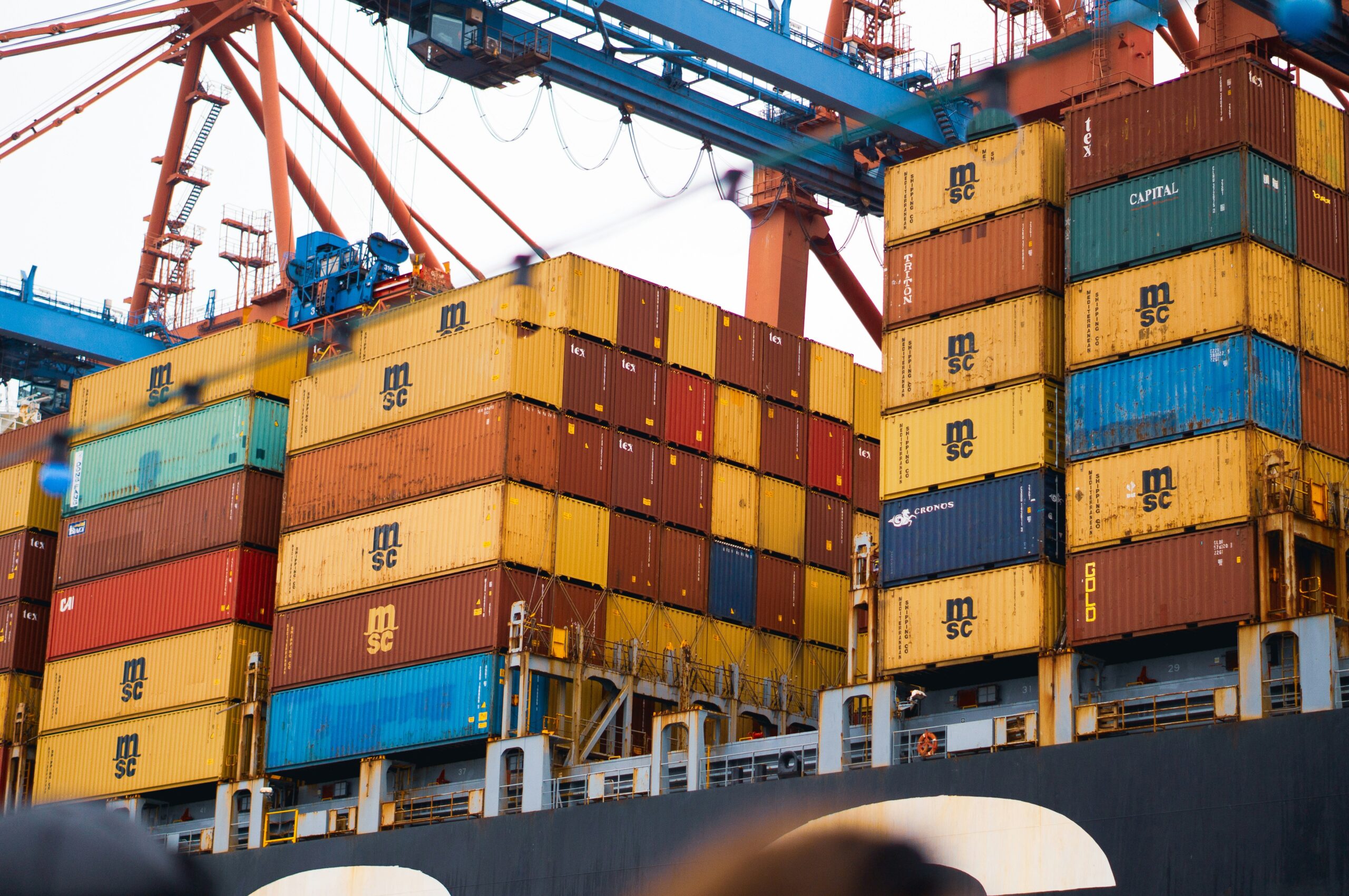Before gaining independence, the country used to export cocoa, coffee, and timber to Europe. The large oil reserves were discovered in 1996 and it began to exploit oil. In 2004, it was the third-largest oil-producing country in Sub-Saharan Africa. Its main trading partners are China, the US, Spain, Italy, and France. The main exports are oil and gas with natural gas providing half of the country’s hydrocarbon resources. According to the World Bank, the nation has the highest GNI per capita in sub-Saharan Africa. Its economy over the years has been unstable with poverty remaining a malady. The country is quite open to trade, accounting for 90 percent of its GDP as of 2020. It has policies to relieve non-tariff barriers and high customs duties.
If you are a business owner interested in exportation here or you are considering exporting out of the country, here is an article providing information on exporting goods from Equatorial Guinea and the process it takes.

Major goods exported out of the country
The top exports of Equatorial Guinea are Crude Petroleum, Petroleum Gas, Acyclic alcohol, Rough Wood, Veneer Sheets, et cetera. The country exports most of these products to China, Spain, Portugal, India, and South Korea.
Exporting from the country
According to commercial law, an individual or company is allowed to export and import into any of its jurisdictions. However, such an exporter must be legally registered with the trade register before starting a business. The export license depends on the kind of goods, quantity, packaging, etc. The customs department in the country is responsible for maintaining the law regarding customs administration, import and export in the country, and monitoring trade, amongst others. Equatorial Guinea has a trade surplus because of its oil reserves. According to WTO, it exported over 3 billion worth of goods in 2020. The World Bank estimated a decrease of 9 percent in 2020 compared to 2019. However, IMF estimates showed a rebound in 2021 compared to 2020.
The process of exportation
An individual who wants to export out of this territory is allowed. A registered trade with an export license as per the business must be enlisted in the Trade and Company Register of the nation to export products legally from the nation. The customs authority is in charge of collecting and securing customs duties for the control and flow of goods such as animals, transports, personal belonging, and other products out of a country.
The first step to exporting is preparing the documents required. An exporter has to ensure that all of the export documents required for the process are accurate to let the goods pass through the port, and clear customs. The documents must satisfy the compliance and regulations of customs, and the loading phase of the pre-determined carrier. Note that all export documents have to be complete, and correct, to prevent cases of missed shipments, port demurrage charges, financial penalties, etc. The second step is the registration procedure for an export license, which all exporters must apply for. The last step is meeting customs clearance formalities during exportation.
Required documents to submit
Other than the basic documents to submit for clearance, other documents required for export clearance are based on the kind of product, the trade agreements of countries, and the trade policies of the nation. The following are some supporting documents requested for customs clearance for the legal exportation of goods out of its territory: Customs duties, Statistical tax, Transit documents, Certificate of origin, Insurance certificate, Bill of lading, Customs entry document, Customs bond, Legal undertaking, Export license, Purchase order, Fiscal Import tax, etc.



